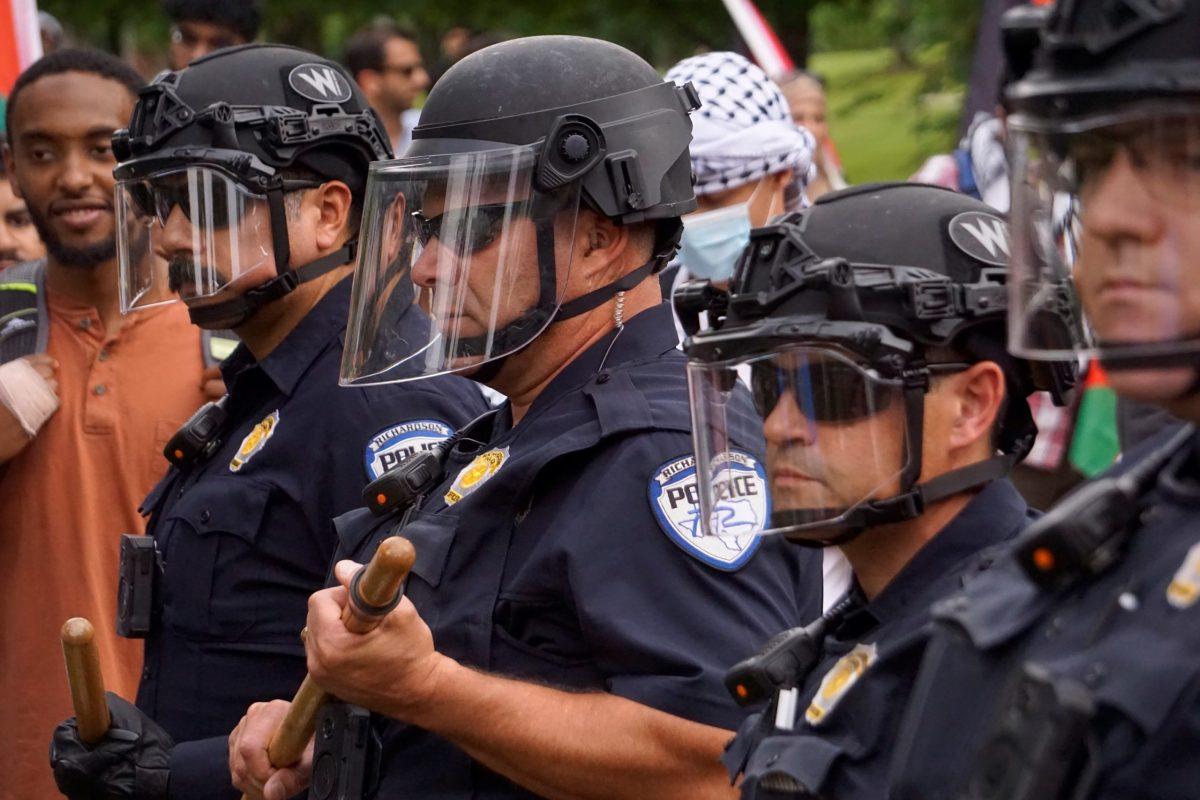Oct. 25 marked the beginning of Muharram, the first month of the Islamic calendar. The 10th day of this month, known as Ashura, has a holy significance for all Muslims, but true practices have been marred by the media’s focus on violent extremists.
For Sunni Muslims, the larger of the two primary sects, the day is one of optional fasting, and Muharram is affiliated with the landing of Noah’s Ark and Moses freeing the Israelites.
To Shiites, it is the apex of a 10-day mourning period for the massacre of Husayn ibn Ali, the grandson of the Prophet Muhammad, and his followers in 680 A.D.
Central to the Shiite observance of Muharram is the ritual of matam, an Arabic term associated with a rhythmic thumping of the chest to signify mourning. In the Shiite context, the term applies almost exclusively to the mourning rituals for Hussayn ibn Ali. For me and most other Shiites, matam is a benign practice consisting of tapping the chest with an open palm. In big groups of people, this leads to a steady beat that is often overlaid with recited poetry commemorating Husayn’s martyrdom.
It’s a deeply spiritual experience and central to the jooloos, Shiite processions where mourners march down the street tapping their chests and chanting Husayn’s name in a show of solidarity. These traditions are cherished in Shiite homes and are often children’s first powerful expression of their Shiite identity.
This is why it’s so painful for Shiites like myself to watch Ashura gets tossed into the wood chipper by the mainstream press every year.
Rather than provide a truly comprehensive or objective presentation of this ritual, news outlets, including ***TIME***, CNN and BBC publish perfunctory articles with sensationalist images of screaming, bleeding men.
It’s true that there are extreme variations of matam that involve using a chain or a bladed instrument to lacerate the flesh in an attempt to truly feel the pain of Husayn and his martyred companions; typing “Ashura” into any search engine will pull up pages of people engaged in these behaviors.
However, they are not condoned by the Shiite religious leadership and violate a precept of Islam forbidding self-harm. But, this very public minority becomes the poster child for the entire occasion because the extremists are the only ones who get any press.
A ***TIME*** article from 2013 titled “Shi’ite Muslims Around the World Mark Ashura” is paired online with a slideshow; six of the 11 images depict blood-soaked men, and one photograph shows two children running toward the camera with blades in hand. The article, far from showing Shiite Muslims around the world or displaying a balanced picture of Ashura, instead gives credence to the worst stereotypes about Ashura and, in a wider context, of Shiites.
Shiites comprise about 15 percent of the worldwide Muslim population. In countries like the United States, where the Muslim population is already a minority, Shiites are the minority within the minority. Articles like the ***TIME***’s piece cause the entire occasion to seem barbaric to Sunnis and non-Muslims. The slapdash reporting caricatures the centerpiece of Shiite identity.
The reporting is lazy and dangerously exploitive. It doesn’t show the common practices of Ashura in mosques in Iraq, Iran, Pakistan and the United States. The media distorts reality to fit the mold of some Orientalist idea of the Muslim other. Rather than helping people understand a minority sect, this type of portrayal further mystifies and alienates Shiites.
Sectarian tension between Sunnis and Shiites in the Middle East is at an all-time high. From Yemen to Iraq, conflicts are occurring along sectarian fault lines, and the mainstream press cannot settle for simple characterizations of Shiites at a time when the public eye is fixed on them.
The Shiite community deserves comprehensive coverage because, now more than ever, there is a lot riding on whether Muslims can bridge the sectarian gulf and foster mutual cooperation.





